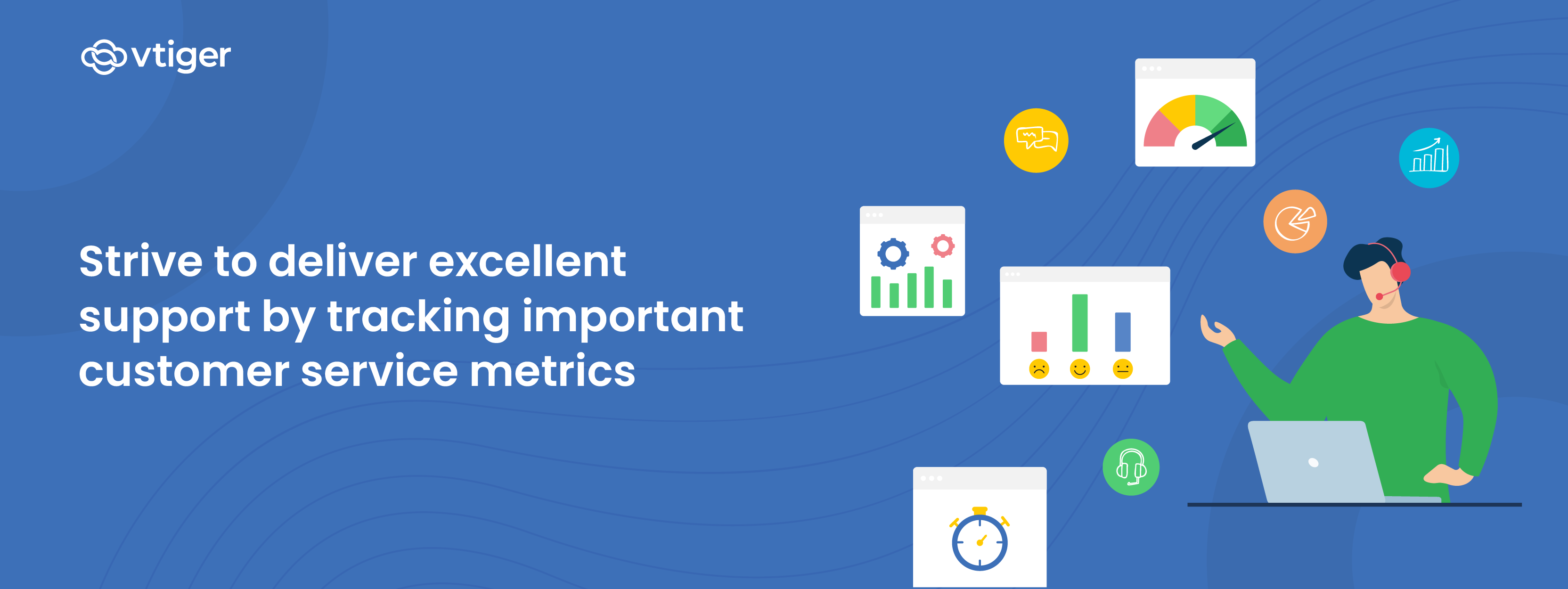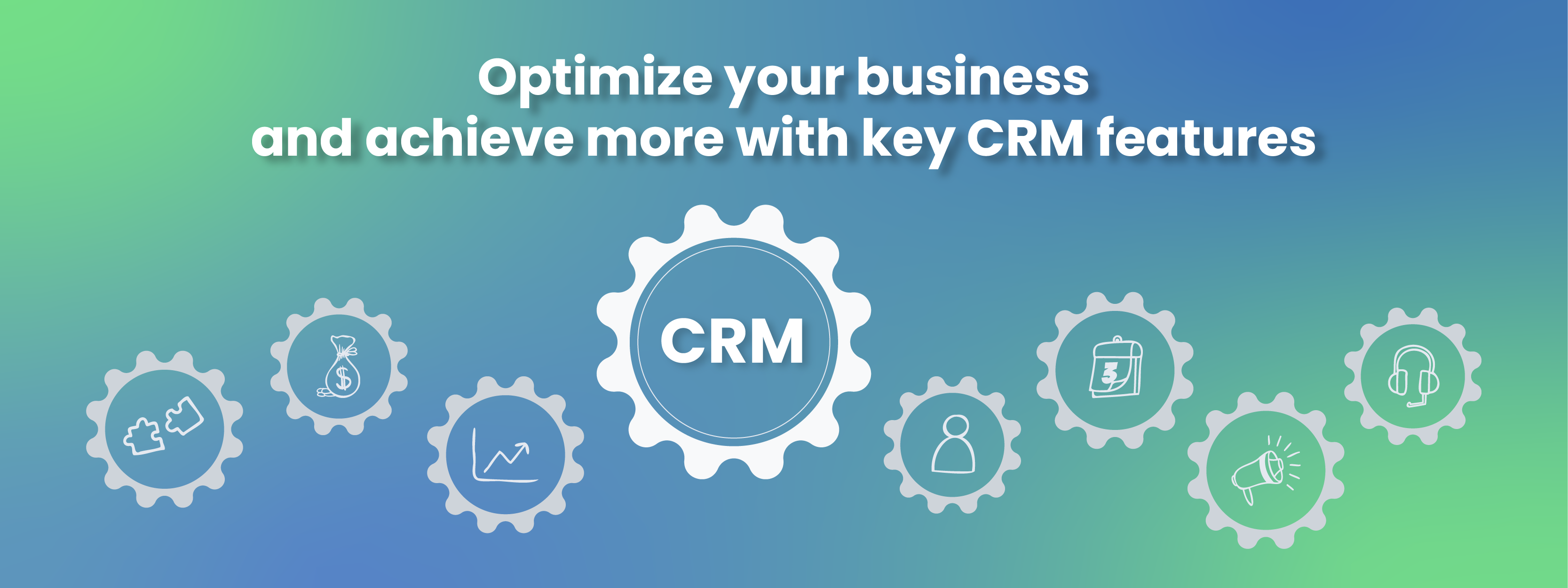Today, customer service in an organization is not just about providing support to customers. Customer service impacts a company’s decision-making process, revenue, and more. An excellent service can set you apart from your competitors and they also play a crucial role in determining the overall customer experience.
If you are a support manager, do you keep an eye on the following?
- Customer’s perception of your brand
- Customer satisfaction
- Team performance
- Number of issues raised
And, so on.
Since customer experience is the primary reason for business growth, it is important to measure the Key Performance Indicators (KPIs) of customer service. These metrics give you valuable insights and provide information about how well your business is meeting targets.
Let’s look at the essential customer service metrics that you should track
Key customer service metrics
Some significant metrics can come to your aid to track customer sentiments, the efficiency of your support reps, and customer satisfaction. Read about the trending customer service KPIs that you must track down below:
Ticket count: Measure the average number of tickets you receive on a daily, monthly, or yearly basis. By tracking the ticket count, you can understand how often your customers are facing issues with your product or service.
First Contact Resolution (FCR): It measures the number of issues or inquiries solved on the first interaction with a support rep without additional follow-ups or escalations. A high FCR indicates that your support reps are knowledgeable, and efficient in resolving queries. And, a low FCR means customers are not receiving adequate support which can lead to customer disappointment.
Average Handling Time (AHT): It refers to the average time that a support rep spends on handling an issue right from the time it was raised. It includes the total talk time, hold time, cases transferred to other agents, etc. AHT is an important metric because it allows you to supervise the interactions and understand how long your agents are dealing with customer queries. You can boost service operations, and productivity using the AHT metric.
Net Promoter Score (NPS): NPS is a widely used technique that monitors how likely customers will recommend your business to a friend. You must know referrals are a great way to gather quality leads and attain higher conversion rates.
Customer Satisfaction Score (CSAT): CSAT measures how satisfied customers are with the products and services. This metric is measured on a scale of one to five with one being highly unsatisfied and five being highly satisfied.
Customer Effort Score (CES): Companies use the CES score to understand how easy or difficult it is to do business with the organization. It is also used to know how much effort a customer has to put into communicating with the support team. Generally, companies use this metric to measure the effectiveness of their customer support.
Note: NPS, CES, and CSAT metrics are also recommended models to measure customer satisfaction levels. Read here to know more.
Customer Retention Rate: The customer retention rate will give you an idea of the percentage of visitors who will stay with you for a certain period. It is important because it impacts the overall revenue and profitability of a business. Also, retaining existing customers is easier than acquiring new customers as it takes more time to attract and convert them.
Customer Churn Rate: The churn rate measures the number of customers who stop using your products and leave your organization. Customer churn can be a sign of the underlying issues within the product or a poor customer experience.
If you are a CRM user, you must be looking for a powerful CRM with a help desk solution. Vtiger Help Desk Insights has everything covered. You can track open cases, closed cases, team performance, etc, and attain superior customer satisfaction.




